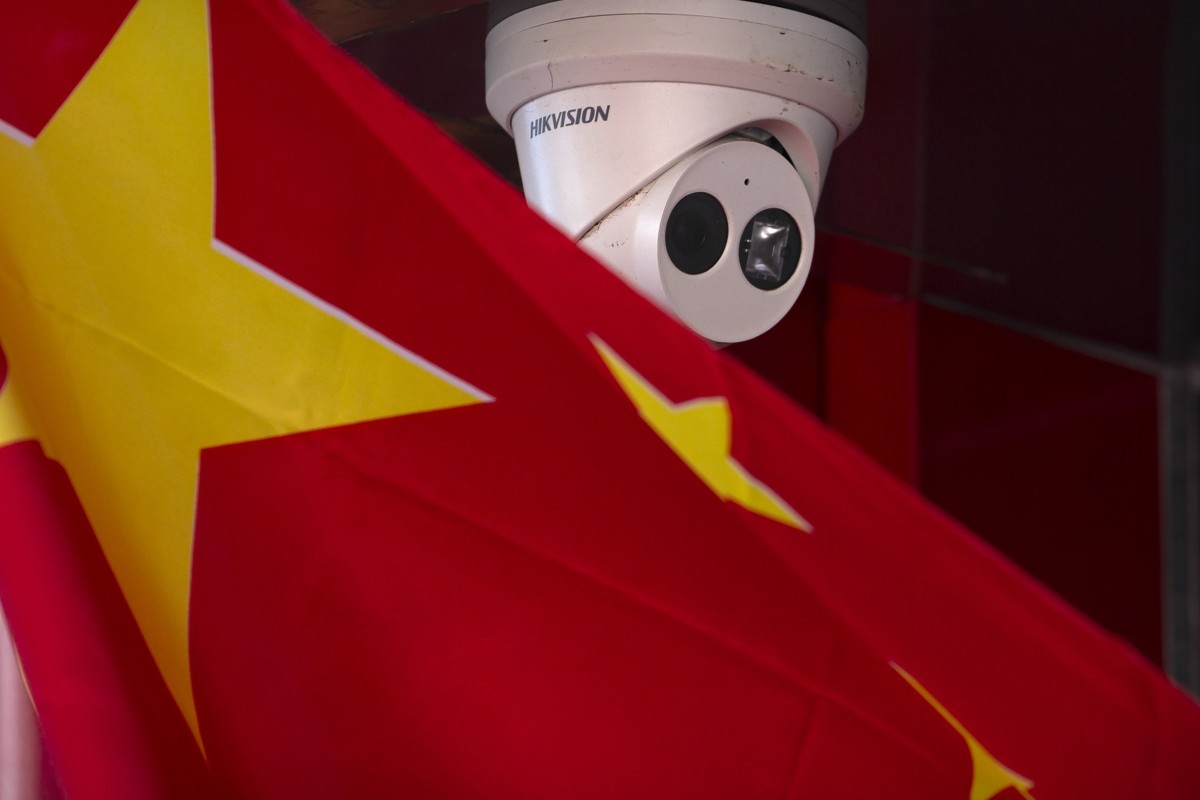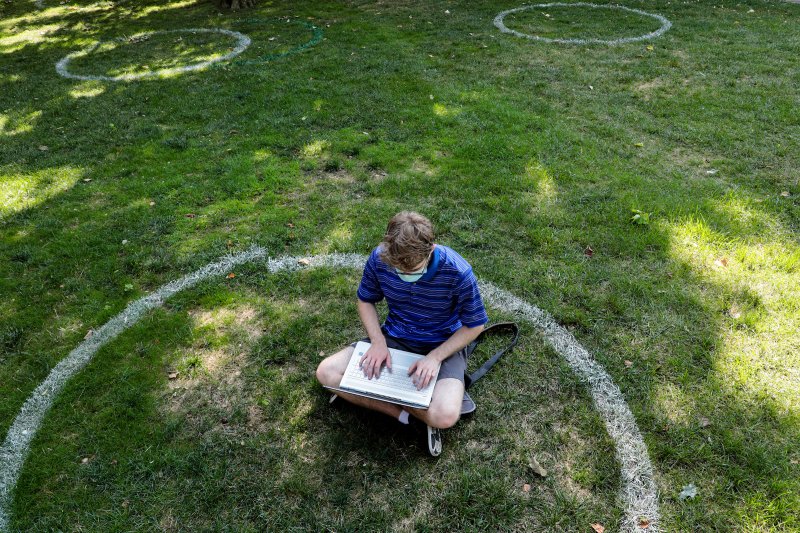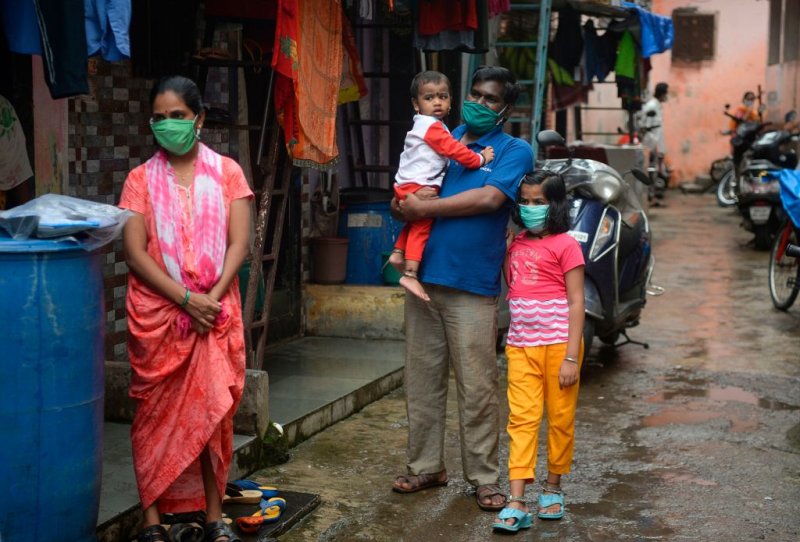कोरोनाले अबकाे केही हप्ता तथा महिना नेपालमा खराब अवस्था निम्त्याउँछ : विश्व स्वास्थ्य सङ्गठन
CNN Exclusive: Details, title and cover revealed for Bob Woodward's upcoming book on Trump
Google court docs raise concerns on geofence warrants, location tracking Google staffers have criticized how the company explains data privacy controls, calling Google's approach a mess......... geofence warrants -- requests for location data in which law enforcement provides a time and a place, and Google responds with information on all devices that were in that area....... Police have increasingly used geofence warrants, with a 1,500 percent rise from 2017 to 2018, and a subsequent 500 percent increase from 2018 to 2019. The surge in geofence warrant requests, coupled with confusion among Google staff about location data, rang privacy alarms within the search giant ....... "These emails describe a Google where employees know enough about geofence warrants to be scared, without knowing enough to actually fix the problem" ......... we shipped a [user interface] that confuses users and requires explanation
US has ‘modest’ lead over China in artificial intelligence but gap has narrowed, American think tank says Beijing’s focus on AI and the advantage of having a vast population for big data sets is helping the country catch up, according to Rand report America has the edge in advanced semiconductors, but there is ‘no room for complacency’

Biogen conference likely led to 20,000 COVID-19 cases in Boston area, researchers say A new study estimates the Biogen conference held at Boston’s Marriott Long Wharf hotel in February played a far greater role in spreading the coronavirus than previously thought.
The Economic Model of Higher Education Was Already Broken. Here's Why the Pandemic May Destroy It for Good While there is considerable variety in the actual plans, ranging from mostly in-person to all virtual, they all share one imperative: to maintain an economic model that is as imperiled by the pandemic as the hardest hit service industries. ............ Over the past decade, colleges and universities have taken on staggering amounts of debt to expand their physical plant and justify spiraling fees. The selling point for the most competitive residential colleges has been not just the education and the credential but the experience, and with COVID-19 and health strictures making a “normal” college experience all but impossible for now, these schools are left with the unenviable challenge of trying to ensure enough student revenue to keep the music going for the next year. ............ The way most schools are structuring the next year compromises education, health and student life to the point where the next year is more likely to unravel the model rather than actually preserve it. ........ Without at least some students in residence, the delicate and extraordinarily expensive armature of higher education could collapse. ........ Schools seem to be trying to solve the square peg and round hole problem by smashing the peg into the hole in order to shore up a revenue model that was already out of control pre-pandemic. ........... Given these pretzel-like contortions, it is hard to see what motivates the schools other than trying to preserve an imperiled economic model with a pseudo-opening. ........... on-line education as the primary model is a fraction of the cost. A student can earn a degree via distance learning for a few thousand dollars a year.

Megacities Are Not the Future. They Are Inhumane and Unsustainable Megacities are not the future because they thrive on cheap labor and government policies fuel this abuse. Stagnant rural economies encourage people to move to the cities, hollowing out rural communities and leaving a hole often replaced by an increasingly concentrated and industrialized agricultural system...... One recent study in Mumbai’s slums found that over half of slum dwellers had antibodies for SARS-COV-2. ......... the pandemic makes population density look like a danger rather than an opportunity for productivity gains ........ In growing economies, mass urbanization will remain the focus, as it is still seen as the best, if not the only, vehicle for economic development, moving people from the “unproductive” countryside to the more productive cities. By emptying rural hinterlands with its demand for low-paid workers, this urbanization ultimately leads to more unstable, more damaging, and more unequal economies. ........ World economic growth in recent history has been centered on a few superstar cities: New York, London, Tokyo, Hong Kong, Paris and more recently Shanghai, for example. London makes up 30% of the UK’s economy, has 13% of its population and is more than eight times as populous as the country’s second largest city, Birmingham........ the pandemic has highlighted the inequality and unsustainability of these cities. A population of urban professionals, with safe and secure lifestyles, is supported by a large and poorly-paid service sector. These people work in the grocery stores, hair salons, restaurants, bars, and gyms, and live in poor neighborhoods or even slums. They deliver food, fix homes, cut hair, dispose waste, keep transport systems running, clean suburbs, look after children, and walk dogs. ..................... the privileged work-from-home crowd ....... The expansion of cities beyond the ability of infrastructure to cope means these communities have lower-quality housing, worse access to education, poor provision of electricity and clean water, bad sanitation, traffic congestion, dead spots for internet and mobile access, and “food deserts.” ...... Worse, urban lifestyles are increasingly oriented around the so-called innovation of the gig economy: service workers now lack even the basic protections afforded to proper employees. ........ While the impacts of remote work and other digital technologies are probably not as great as their promoters claim, it is true that they reduce the unique value that density provides and may finally dent the allure of large cities for white-collar workers. ............ Rural economies live off small business, but a hollowed-out economy and greater competition from national and global firms run them out of business. .......... Cities will always be useful to national economies, but they have grown into unmanageable Frankensteins. Yes, there really are some things that can only be done in a dense, urban environment but that does not mean turning a blind eye to growing megacities with over five million people. Countries probably don’t need the extreme urbanization we’ve seen over the past few decades, nor should we be strangely resigned to the notion that urbanization is inevitable and a net good. The time has come to rethink whether we should continue to place cities at the heart of our nations, turning them into large parasitic centers which practice economic apartheid.

No comments:
Post a Comment